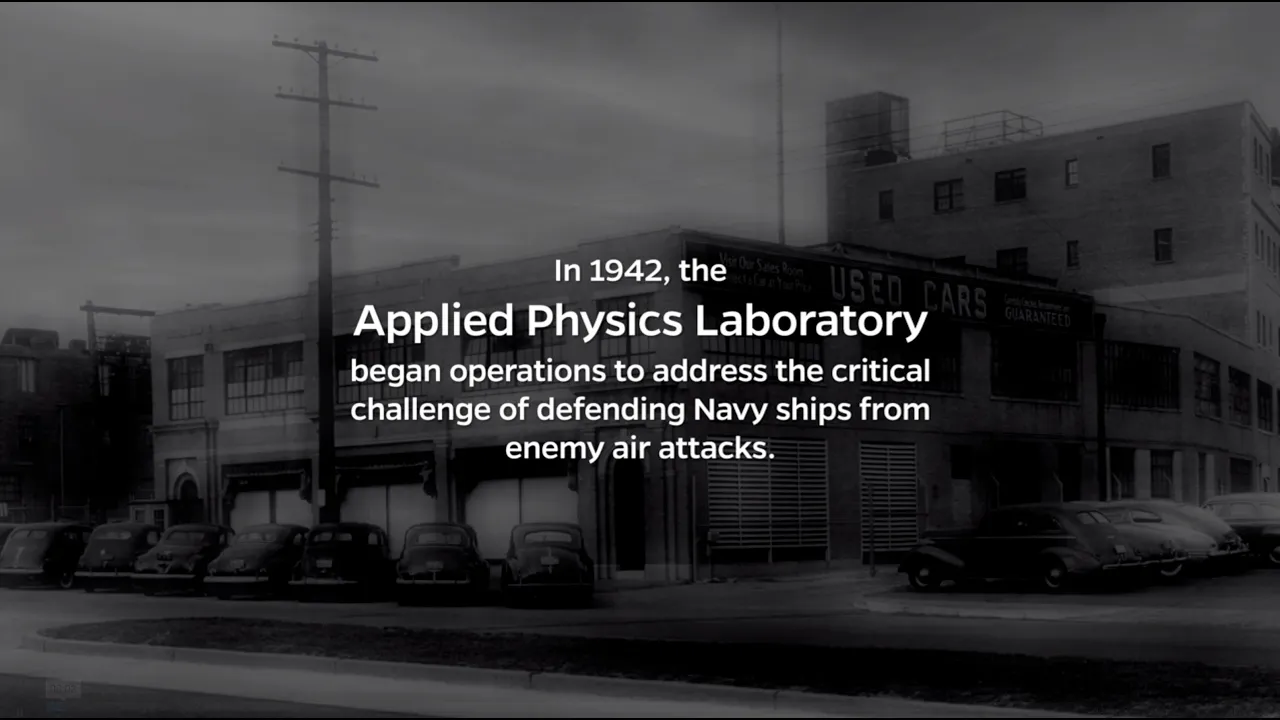History
80+ Years of Game-Changing Impact
An overview of APL’s 80+ years of critical contributions to critical challenges.
Founded on March 10, 1942—just three months after the United States entered World War II—APL was created as part of a federal government effort to mobilize scientific resources to address wartime challenges.
APL was assigned the task of finding a more effective way for ships to defend themselves against enemy air attacks. The Laboratory designed, built, and tested a radar proximity fuze (known as the VT fuze) that significantly increased the effectiveness of anti-aircraft shells in the Pacific—and, later, ground artillery during the invasion of Europe. The product of the Laboratory’s intense development effort was later judged to be, along with the atomic bomb and radar, one of the three most valuable technology developments of the war.
On the basis of that successful collaboration, the government, Johns Hopkins University, and APL made a commitment to continue their strategic relationship. The Laboratory rapidly became a major contributor to advances in guided missiles and submarine technologies. Today, more than eight decades later, the Laboratory’s numerous and diverse achievements continue to strengthen our nation.
APL continues to relentlessly pursue the mission it has followed since its first day: to make critical contributions to critical challenges for our nation.

Defining Innovations
Among APL’s thousands of critical contributions to national security and space exploration are a number of defining innovations: game-changing breakthroughs in technology that have created inflection points in history. These revolutionary advances have ignited new engineering accomplishments globally, saved lives, and secured the United States against threats at home and abroad.
